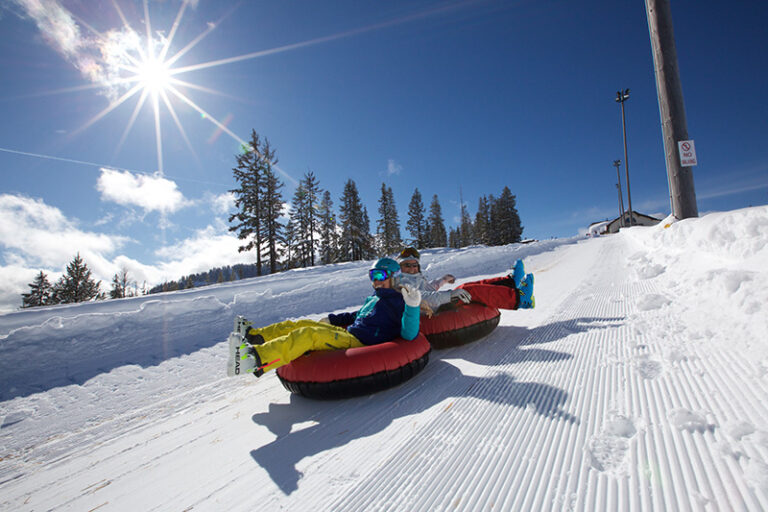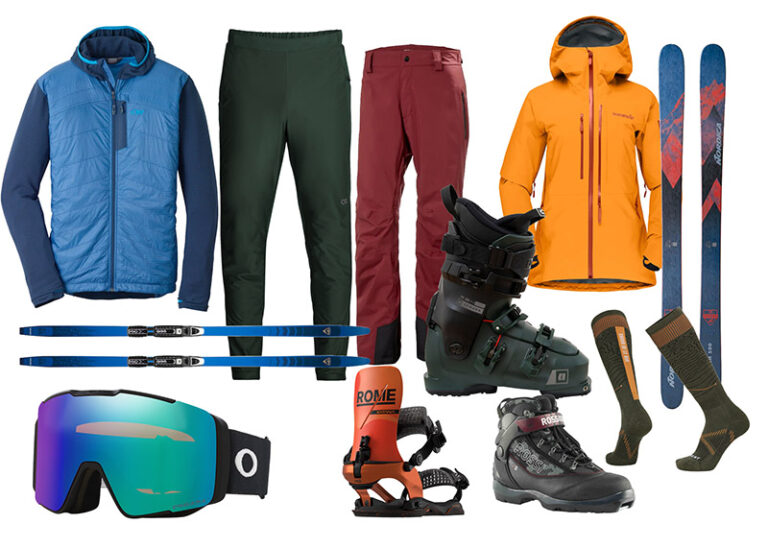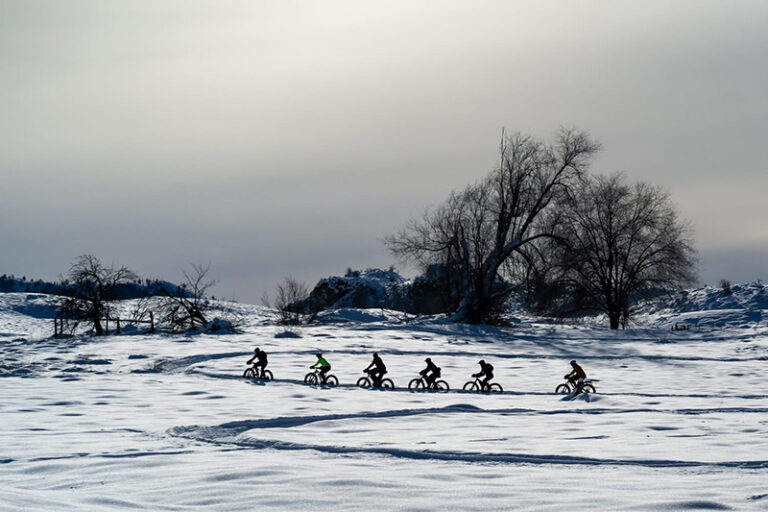How to Prepare Yourself and Your Child for Their First Camp Experience
Getting ready for camp means more than giving your kid “snack shack” money and using a packing list. Learn from these tips from local camp directors who share some advice for parents who are preparing children for their very first overnight camp experience. Some also pertain to teenagers, because they may feel first-time jitters, too.

- Have a “practice” sleepover before camp. According to Camp Spalding Director, Andy Sonneland, about 30 percent of Spalding’s summer campers are experiencing their first sleepaway camp. “A multi-night camp should not be a child’s first time away from parents overnight,” he says. Salvation Army Camp Gifford Director, Mark Morton, agrees—“a night or two with grandparents or other relatives provide a feel for what it is like to be away from home.”
- Attend a camp open house, or plan a preview visit. Tour the grounds and cabins, and meet staff. “Fear of the unknown can hinder the success of coming to camp,” says YMCA Camp Reed Director, Phil Harrison. Some camps offer family or parent-child sessions, as an introduction to the resident camp experience.
- Don’t pack for your kids. While it’s good to help your kids, the packing process teaches independence and responsibility. “So when a counselor says to grab your sweatshirt or your toothbrush, a camper knows where that’s at,” says Harrison.
- Share your own personal, positive camp experiences, and focus on the fun. This helps “build excitement and anticipation,” says Morton. The parents’ role, according to Sonneland, “is to help instill confidence, citing examples of your child successfully acting independently of mom or dad.” If children have specific worries, Harrison suggests writing letters to their counselors to share their apprehensions—staff can use this awareness to better meet campers’ needs. Other good advice from Camp Gifford’s Mark Morton: “Refrain from holding family events while your child is away so they do not feel excluded.”
- Set aside your own anxious and bittersweet feelings. “If a parent projects confidence in a son or daughter’s ability to navigate this new experience, that is a big help,” says Sonneland. “Parents should drop-off their child at the cabin, greet the counselor, give a hug to the child, and then head out the door. Save the tears for the car. A lingering, anxious parent makes for an anxious child.” YMCA Camp Reed’s Harrison advises not emphasizing the separation. “Don’t say, ‘We’re going to miss you so much,’ or ‘We can always come get you,’ or ‘We’re just a phone call away’…this can hinder campers.” Based on his experience, a camper may focus on this parental assurance “rather than enjoying camp to its fullest.”
- Prepare letters and care packages. Send to camp a few days before the session begins so your kid gets “camper mail.”
- Communicate health and dietary concerns. Use a camp’s health history form to explain any allergies, medications, and other issues. It’s common for camps to have a volunteer or paid registered nurse on staff who oversees and dispenses medicine—whether for asthma, diabetes, or another condition, no matter how serious or minor. “With many of our meals (at YMCA Camp Reed), we try to build in gluten-free or vegetarian options, because those are the two most popular dietary needs, along with allergy-related restrictions,” says Harrison. “We’re completely nut-free throughout all of camp.”
- Trust the staff. Directors hire mature, responsible young adults, usually college students on summer break. Staff typically complete week-long orientation and training, including first-aid and CPR certification. As a former summer staffer myself, I can attest: your child’s counselor will care deeply, step in for “parental” duties when needed (e.g., give hygiene reminders, soothe bedtime worries), and be a good role model. //
Amy McCaffree is OTO’s special section editor. She worked at camps in western Washington for 10 summers altogether, during her teens and 20s—from counselor-in-training to wilderness adventure camp leader.
[Feature photo by Amy McCaffree.]













